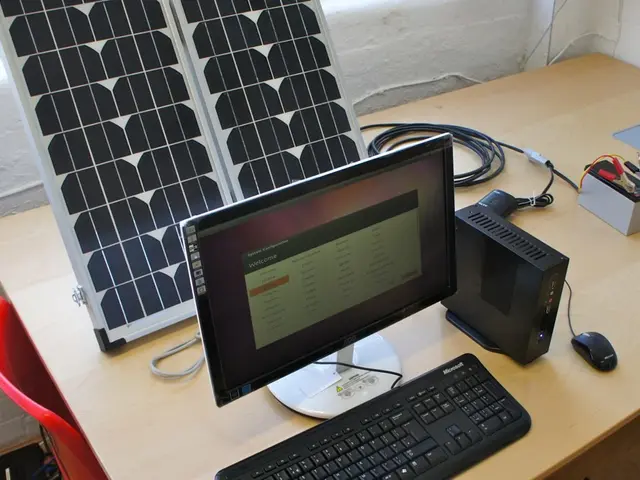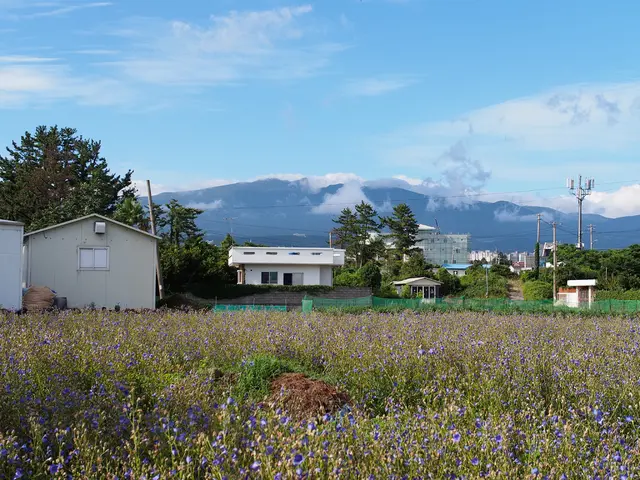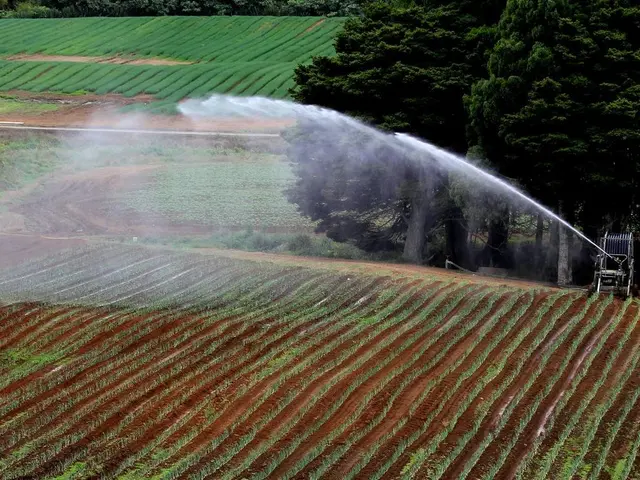Quarters one imports of coal valued at $1.8 billion, primarily used for thermal power generation in Vietnam.
Energy Imports: Vietnam's Coal Habit Persists
Hanoi - Despite a shift towards clean energies, Vietnam's enthusiasm for coal remains unquenchable. The country splurged a whopping $1.8 billion in the initial three months of 2025, importing approximately 17.3 million tonnes of the black gold. Most of this coal was destined for thermal power plants.
According to customs statistics, the import volume surged by 16.7% compared to the same period last year, but the value dipped by 7.7% due to falling coal prices, which averaged around $105.18 per tonne, a 20% decrease from the previous year.
Indonesia Rules the Roost
Indonesia, not surprisingly, holds the title of Vietnam's largest coal exporter, accounting for over 40% of the total import volumes in the first quarter. Why the dominance? Simple. Price and Location. The average price of Indonesian coal was a wallet-friendly $82.9 per tonne, significantly lower than Australia's $129.32 per tonne and Russia's $142.27 per tonne.
Vietnam imported 5.36 million tonnes from Australia and 1.44 million tonnes from Russia, respectively. However, Indonesia's competitive edge left Australia in the dust as the second-largest coal supplier and Russia trailing in third place.
The zero-tariff on coal imports from Indonesia, under the ASEAN Trade in Goods Agreement (ATIGA), further sweetened the deal for domestic power plants.
Burning Through Reserves
Vietnam aims to produce around 37 million tonnes of 'clean' coal this year, but domestic demand is predicted to hit 50 million tonnes. With such a gap, it's clear that imports will continue to be a significant part of Vietnam's energy landscape.
Under the National Power Development Plan VIII (PDP8), coal remains a crucial energy source by 2030 and in some scenarios, even up to 2045. However, the government is considering decommissioning around 540 MW of aging coal-fired capacity at Phả Lại and Ninh Bình if efficiency and emission reduction targets cannot be met.
The Coal Breakdown
In the first quarter of 2025, thermal electricity accounted for nearly 50% of the total electricity output. Hydropower and renewable energy followed with 19.1% and 16%, respectively.
Interestingly, Vietnam, Indonesia, and Thailand rank among the top three countries in ASEAN with the highest exploitable coal reserves. Specifically, Vietnam has 3.36 billion tonnes of reserves, similar to Indonesia's 34.87 billion tonnes and Thailand's 1.06 billion tonnes.
The Duyên Hải 3 thermal power plant. Việt Nam spent US$1.8 billion to import nearly 17.3 million tonnes of coal in the first three months of this year. - VNA/VNS Photo Vũ Sinh
Yet, despite these reserves, Vietnam imported a total of 63.82 million tonnes of coal in 2024, worth $7.63 billion. The question remains: how long can Vietnam keep burning through imported coal before its domestic reserves come to the rescue?
- In the face of a growing emphasis on clean energy, Vietnam's affinity for coal significantly persists, with the country importing approximately 17.3 million tonnes of coal in the initial three months of 2025, spending $1.8 billion.
- Indonesia, given its competitive prices and strategic location, emerged as Vietnam's largest coal exporter, accounting for over 40% of the total imports in the first quarter. Vietnam imported 5.36 million tonnes from Australia and 1.44 million tonnes from Russia during the same period.
- Under the ASEAN Trade in Goods Agreement (ATIGA), zero-tariff on coal imports from Indonesia further benefits domestic power plants, contributing to Indonesia's dominance as Vietnam's largest coal supplier.
- With domestic demand for coal predicted to reach 50 million tonnes in 2025, while Vietnam aims to produce only 37 million tonnes, it is evident that imports will remain a significant part of Vietnam's energy landscape.
- By 2030, under the National Power Development Plan VIII (PDP8), coal will continue to be a crucial energy source in Vietnam. However, the government is considering decommissioning aging coal-fired capacity at Phả Lại and Ninh Bình if efficiency and emission reduction targets cannot be met.







